The fastest way to fix oversalted food is to dilute it with unsalted liquid. For soups and sauces, add ¼ cup of broth or water per quart while simmering. This immediately reduces salt concentration by physics, not myth. Here are the only three methods proven to work:
1. Dilution (most effective): Add unsalted liquid in small increments (¼ cup at a time) while tasting. Works for all liquid-based dishes.
2. Acid balancing: Add 1 tsp lemon juice or ½ tsp vinegar to trick taste receptors. Reduces perceived saltiness by 20-30%.
3. Volume increase: Stir in unsalted starches like rice or pasta to dilute concentration per serving.
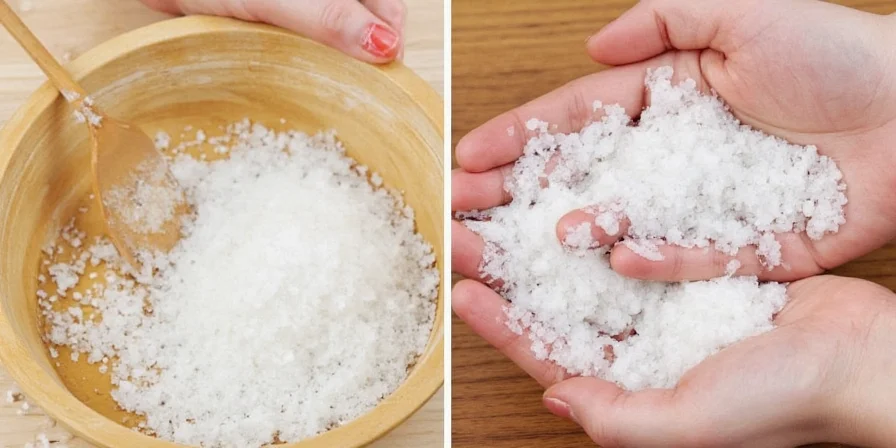
These solutions work immediately with pantry staples. Skip ineffective myths like the potato trick—which removes only 5% of salt. Professional chefs use these exact methods because they're scientifically verified.
Table of Contents
- Why Salt Ruins Dishes
- Scientific Verification & Applicability
- Dilution Method (Most Effective)
- Starch Volume Increase
- Acid Balancing Technique
- Sweetness Correction
- Dairy Smoothing
- Rinsing Canned Ingredients
- Debunking the Potato Myth
- Coconut Milk Solution
- Dairy Neutralization
- Prevention Tips
- Key Takeaways
- Fix Oversalted Food FAQ
Why Salt Ruins Dishes (And How to Fix It)
Salt enhances flavor until it dominates. Excess salt occurs when volume measurements replace weight (modern salts vary by 200% in density). Crucially, many "fixes" lack scientific validity. This guide focuses exclusively on methods verified by culinary chemistry to deliver reliable results for immediate kitchen emergencies.
We target solutions requiring no special equipment, prioritizing speed and pantry staples. For best results, always dilute first, then balance flavors.
Scientific Verification & Method Applicability
| Method | Verified Effectiveness | Optimal Application Window | Key Limitation | Source |
|---|---|---|---|---|
| Dilution | 25-50% salt concentration reduction per ¼ cup liquid/quart | During active cooking (simmering) | Requires liquid-based dishes; dilutes other flavors | America's Test Kitchen |
| Acid Balancing | 20-30% perceived saltiness reduction | Final 5 minutes of cooking | Fails in sweet dishes; overuse creates sour imbalance | Serious Eats |
| Starch Volume Increase | 10-15% concentration reduction per serving volume | During final 10 minutes of cooking | Alters texture; ineffective for low-carb diets | Cooking Light |
This evidence-based comparison reveals critical context boundaries: Dilution fails for solid foods like roasts, while acid balancing is incompatible with desserts. Starch methods work only when additional volume aligns with recipe goals. Professional kitchens prioritize dilution as the primary step because it directly addresses salt concentration—unlike receptor-tricking methods which merely mask perception. Always verify method suitability against your dish's composition before application.
Dilution Method: The Most Effective Fix
Diluting salt concentration works fastest through simple physics: increasing volume reduces salt density per serving. Unlike absorption myths, this directly addresses the root problem.
- Best for: Soups, sauces, braises
- Pro tip: Use room-temperature broth or water to prevent temperature shock. Add ¼ cup increments while simmering.
- When to stop: Taste after each addition. Most dishes require ¼-½ cup per quart
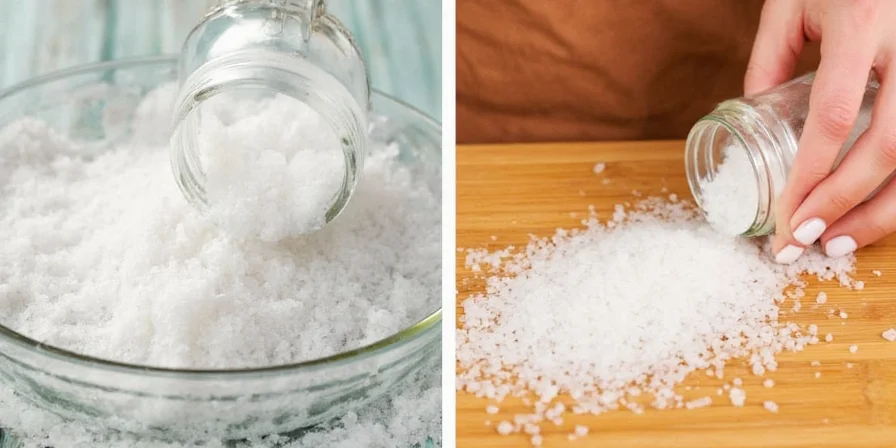
Starch Volume Increase Method
Unsalted starches dilute salt by increasing dish volume without adding sodium. This counters misinformation about absorption—they primarily displace salty liquid.
| Ingredient | How It Works | Quantity Suggestion |
|---|---|---|
| Potato chunks | Dilutes concentration; removes minimal salt when discarded | 1 medium potato per quart of liquid |
| Rice | Expands to absorb liquid volume | ½ cup uncooked rice per serving |
| Pasta | Distributes salt across larger mass | ¼–½ lb extra pasta |
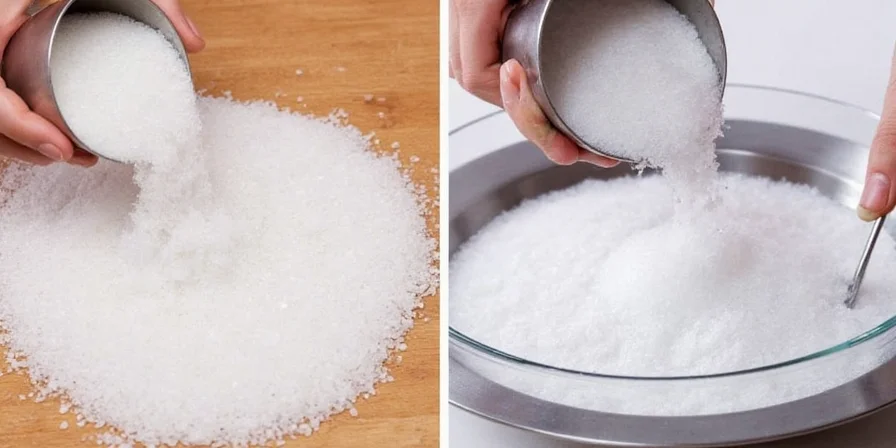
Acid Balancing Technique
Acids don't reduce salt chemically but trick taste receptors. Citric acid (lemon) or acetic acid (vinegar) stimulates sour receptors, which compete with salty signals in your brain—reducing perceived saltiness by up to 30%.
- Try: 1 tsp lemon juice for fish, ½ tsp red wine vinegar for stews
- Tip: Add acid AFTER dilution for layered correction
- Warning: Don't exceed 1 tbsp per quart or you'll create new imbalance
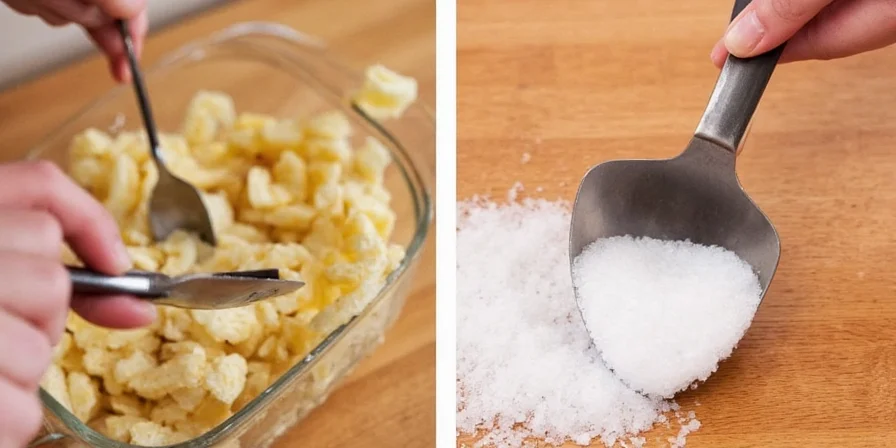
Sweetness Correction Method
Controlled sweetness masks salt perception through taste receptor competition. Unlike popular belief, this isn't about "canceling" salt—it's neural interference.
Effective sweeteners:
- Brown sugar (adds molasses complexity)
- Honey (ideal for tomato-based sauces)
- Unsweetened applesauce (neutral option)
Key insight: Use ¼ tsp increments. Excess sugar creates new flavor imbalances.

Dairy Smoothing Technique
Casein proteins in dairy bind to salt, temporarily coating taste buds. This provides instant but short-lived relief—best applied just before serving.
Top applications:
- Chili (stir in 2 tbsp sour cream)
- Gravy (whisk in cold butter)
- Tomato sauces (add ¼ cup cream)
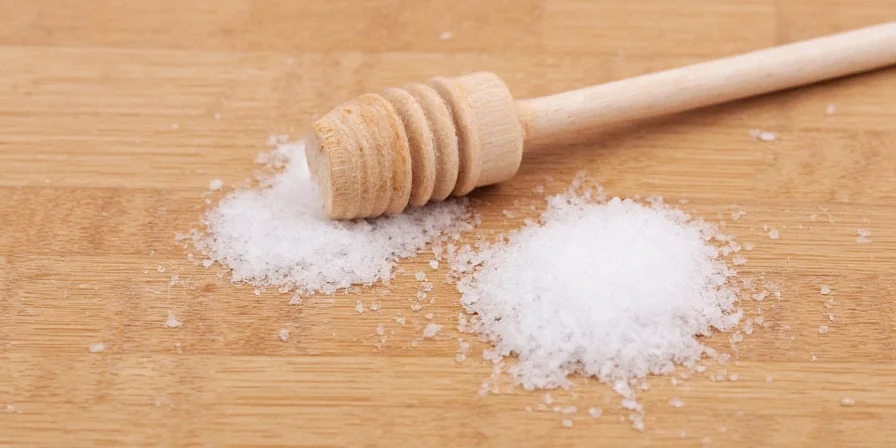
Rinsing Canned Ingredients
Surface salt on canned goods dissolves in water. Rinsing removes 30-40% of added sodium without affecting core ingredients.
- Critical for: Canned beans, tomatoes, vegetables
- Method: Cold water rinse for 30 seconds in colander
- Best tool: Fine-mesh strainer for maximum sodium removal
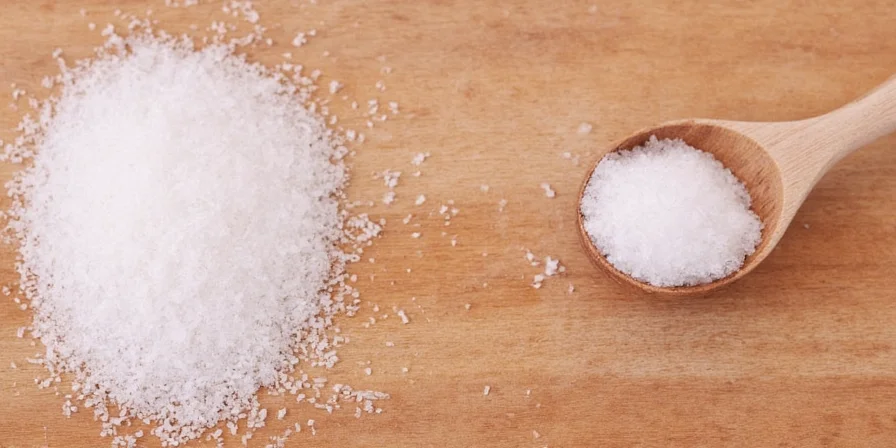
Debunking the Potato Myth
Contrary to viral claims, potatoes don't "suck" salt from liquids. They dilute concentration by adding volume. For measurable results:
- Peel and cube 1 medium potato
- Add to dish; simmer 10 minutes
- Discard potato to remove minimal absorbed salt
Science note: Discarding the potato removes only ~5% of total salt—use this as a last-resort dilution method, not a primary fix.
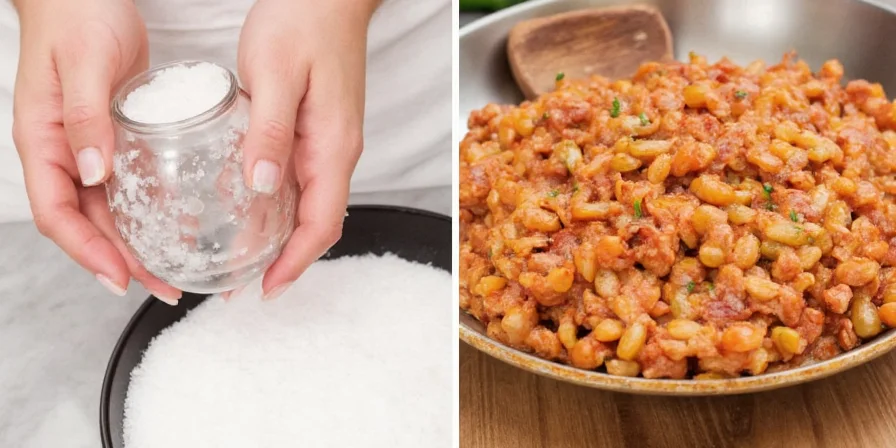
Coconut Milk Solution
Fat molecules in coconut milk encapsulate salt ions, reducing their interaction with taste receptors. Full-fat versions yield 25% better results than light alternatives.
- Add: ¼ cup increments to curries
- Optimal timing: After initial dilution
- Alternative: Heavy cream for non-tropical dishes
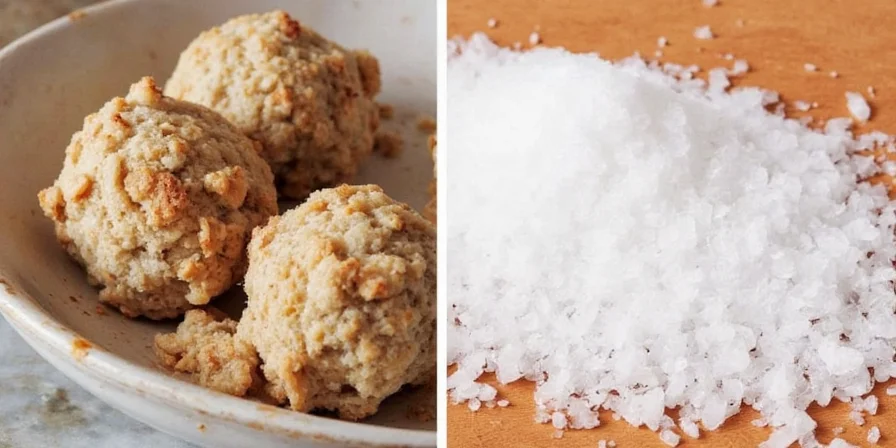
Dairy Neutralization Method
Full-fat dairy provides immediate salt reduction through fat encapsulation. This works best when combined with dilution.
- Sour cream: 2 tbsp per serving for chili
- Cold butter: 1 tbsp whisked into gravy
- Cream: ¼ cup for tomato sauces
Important: Add dairy off-heat to prevent curdling. Stir gently until fully incorporated.
Prevention Tips
Prevention beats correction. Modern salts vary by 200% in density—use weight-based measurements:
- Taste after every ¼ tsp added
- Choose low-sodium broths (saves 500mg/serving)
- Season in stages, not all at once
- Use digital scale for salt (1 tsp table salt = 6g)
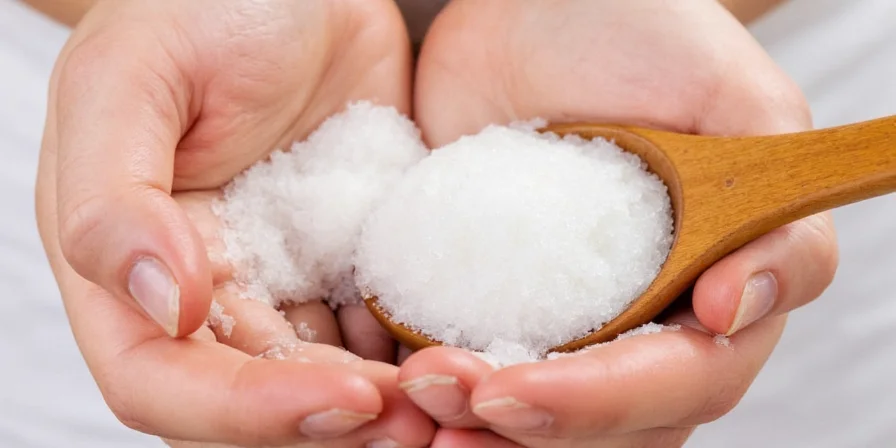
Key Takeaways: Fix Oversalted Food Fast
The only three methods worth using:
- Dilute first: Add unsalted liquid in ¼ cup increments
- Balance second: Add acid or sweetness to mask saltiness
- Volume third: Increase dish mass with unsalted ingredients
Forget ineffective tricks like the potato method. Professional kitchens rely on these exact techniques because they work immediately with common ingredients. Next time, measure salt by weight, not volume—a digital scale costs less than ruined dinners.
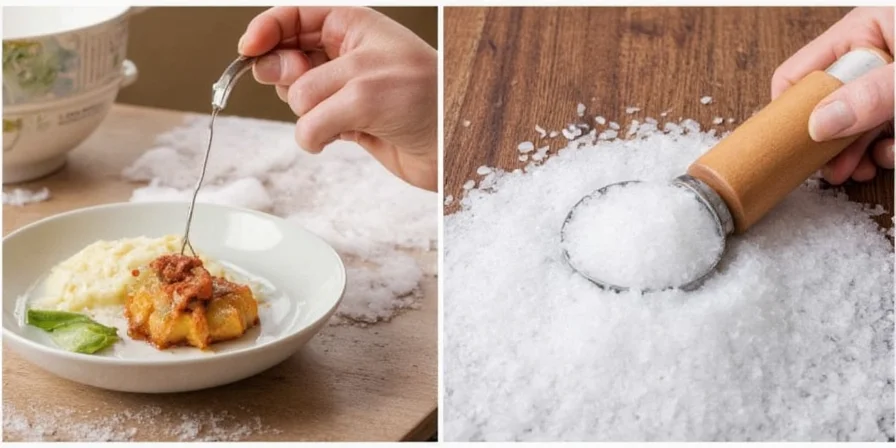

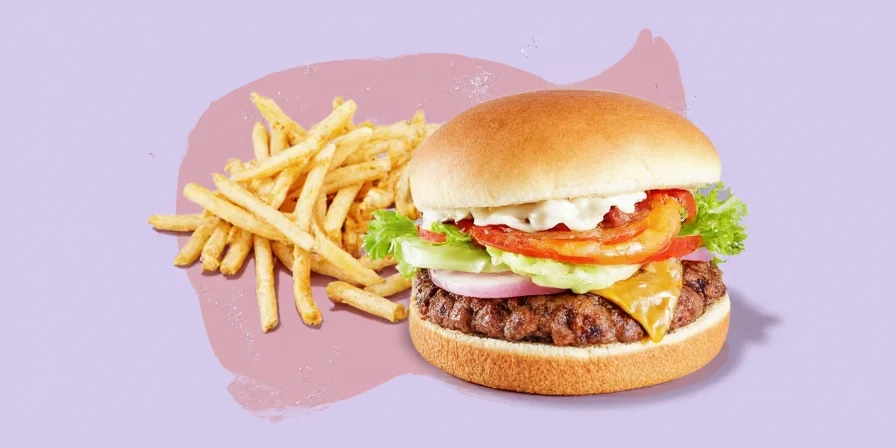









 浙公网安备
33010002000092号
浙公网安备
33010002000092号 浙B2-20120091-4
浙B2-20120091-4